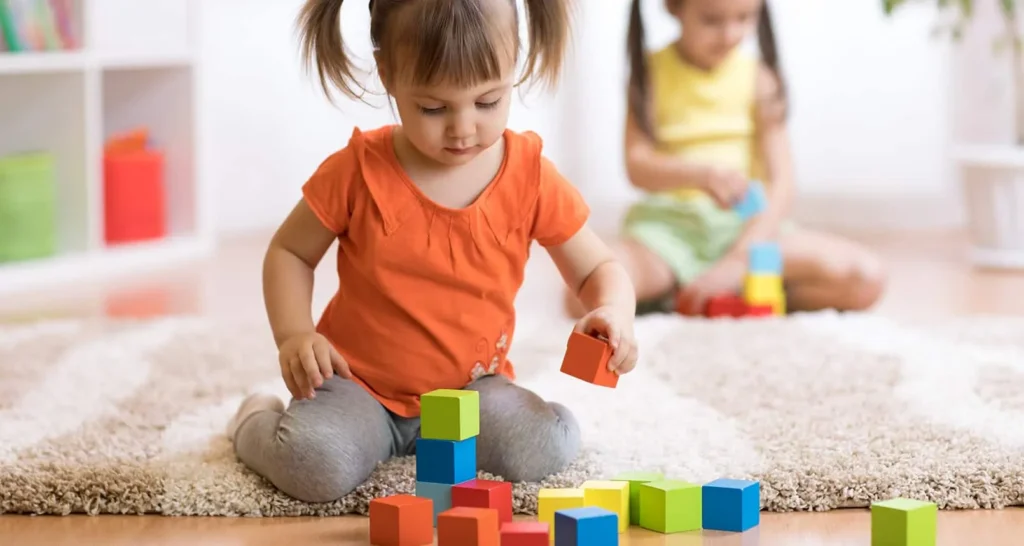Motor Neurological Connections

The developing child is a complex mix of emotional, physical, neurological and cognitive connections which come together to form unique personalities and learning styles.
As Occupational Therapists we see each of these separate areas of emotion, physical, neurological and cognitive development as vitally connected and interrelated. Of particular interest is the very strong relationship between movement and neurological development.
As we move we do of course strengthen our muscles and develop our physical skills. Movement also creates opportunities for the brain to strengthen connections in areas that link to spatial awareness (needed for mathematics), language (needed for English and social skills), alertness and the ability to notice and take in information (needed for learning), and problem solving (needed to navigate through life without undue anxiety or frustration).

As we move, our muscles receive information from our brain and then with every planned movement, our brain receives feedback on the success or lack thereof of that movement.
The more children move, and the greater the variety in their movement, the more opportunities they have to understand both their bodies and the world that they live in.
Movement is vital to neurological development and as an Occupational Therapist I see it as the first step in getting ready to learn each day.


